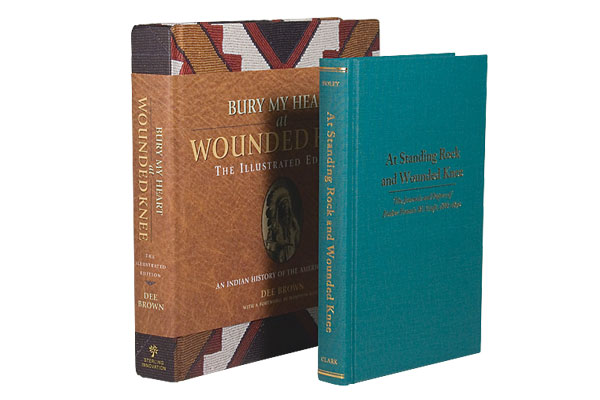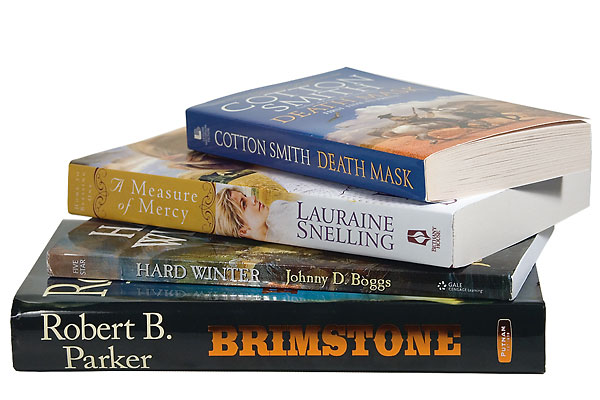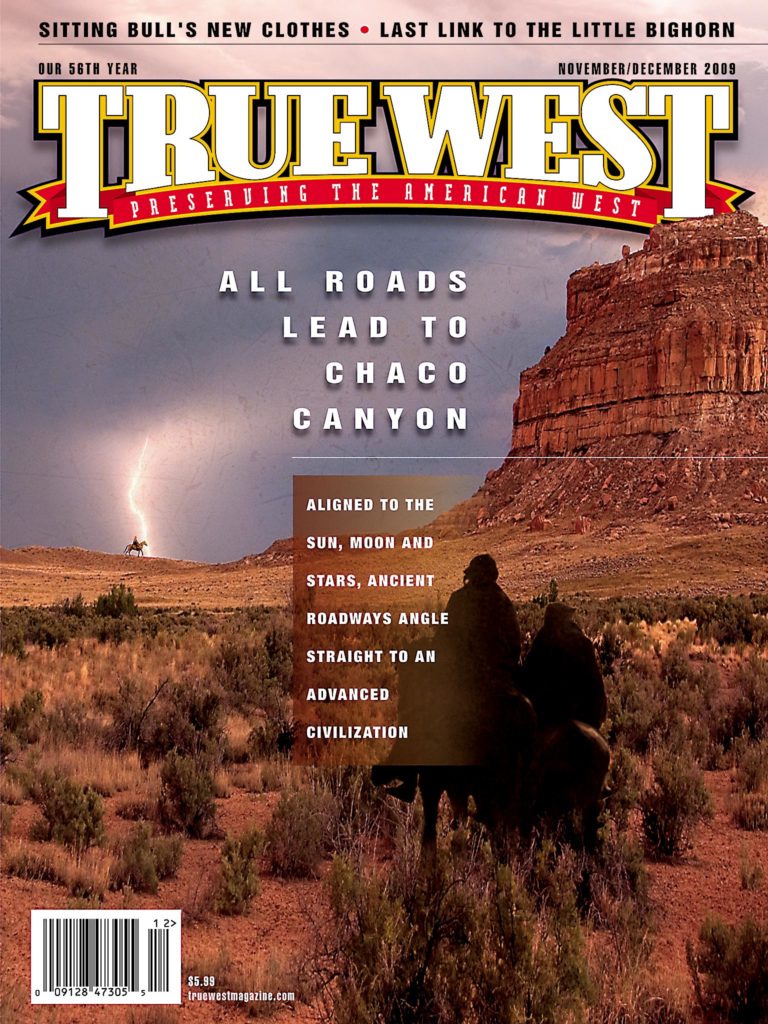
The gorgeous, oversized and extra-extra illustrated Bury My Heart at Wounded Knee: The Illustrated Edition is a new edition of Dee Brown’s revisionist bestseller of 1971. It is not “about” Wounded Knee; Brown just uses the fight to end his story of our Indian Wars.
By one of those ironies of publishing, the reprint appears at the same time as Thomas W. Foley’s At Stand Rock and Wounded Knee, an account very much at odds with Brown’s.
Brown’s book earned praise for correcting the myth of savages tormenting a white frontier. Even critics admit that the latter caused most Indian-versus-white conflicts. But Brown did not write an objective history. He told the story from the Indians’ viewpoint; in a sense, reversing the roles of “good guys” versus “bad guys.”
Foley edits the papers of Father Francis M. Craft, a missionary to the Sioux badly wounded at Wounded Knee. Craft conceded that Army crossfire killed and wounded soldiers, as Brown’s followers insist. But, in a deposition, he swore that Wounded Knee was a battle, not a massacre. He counted 114 well-armed young warriors. But the Army soldiers’ careless use of weapons, especially rapid-firing Hotchkiss cannon, guaranteed casualties among noncombatants.
Foley and Craft will not shake the revisionist roots of Brown’s popular history, but their book should serve as a warning that our Indian Wars were complicated “gray” affairs, not the black-and-white versions of opposing partisans.




